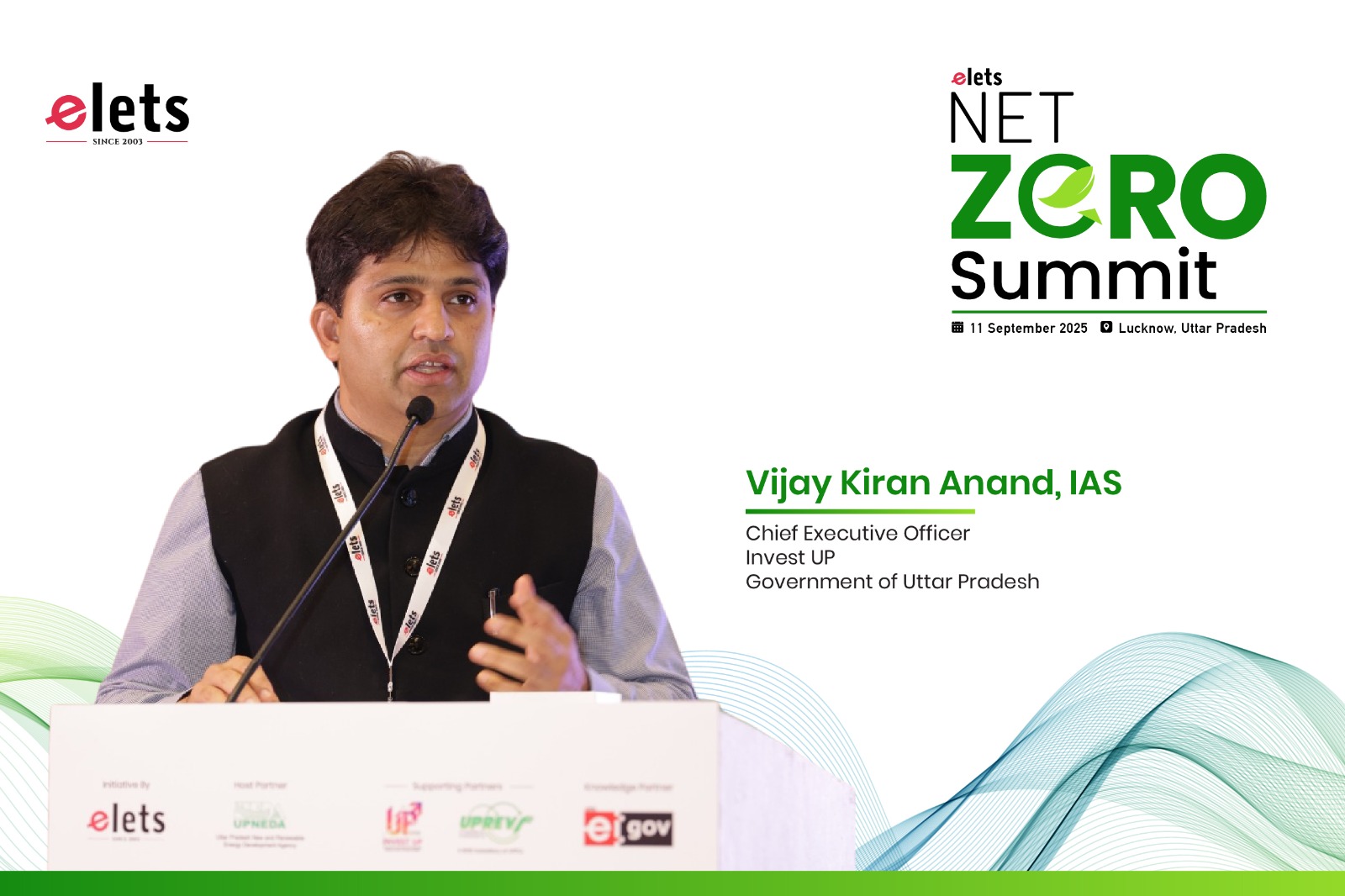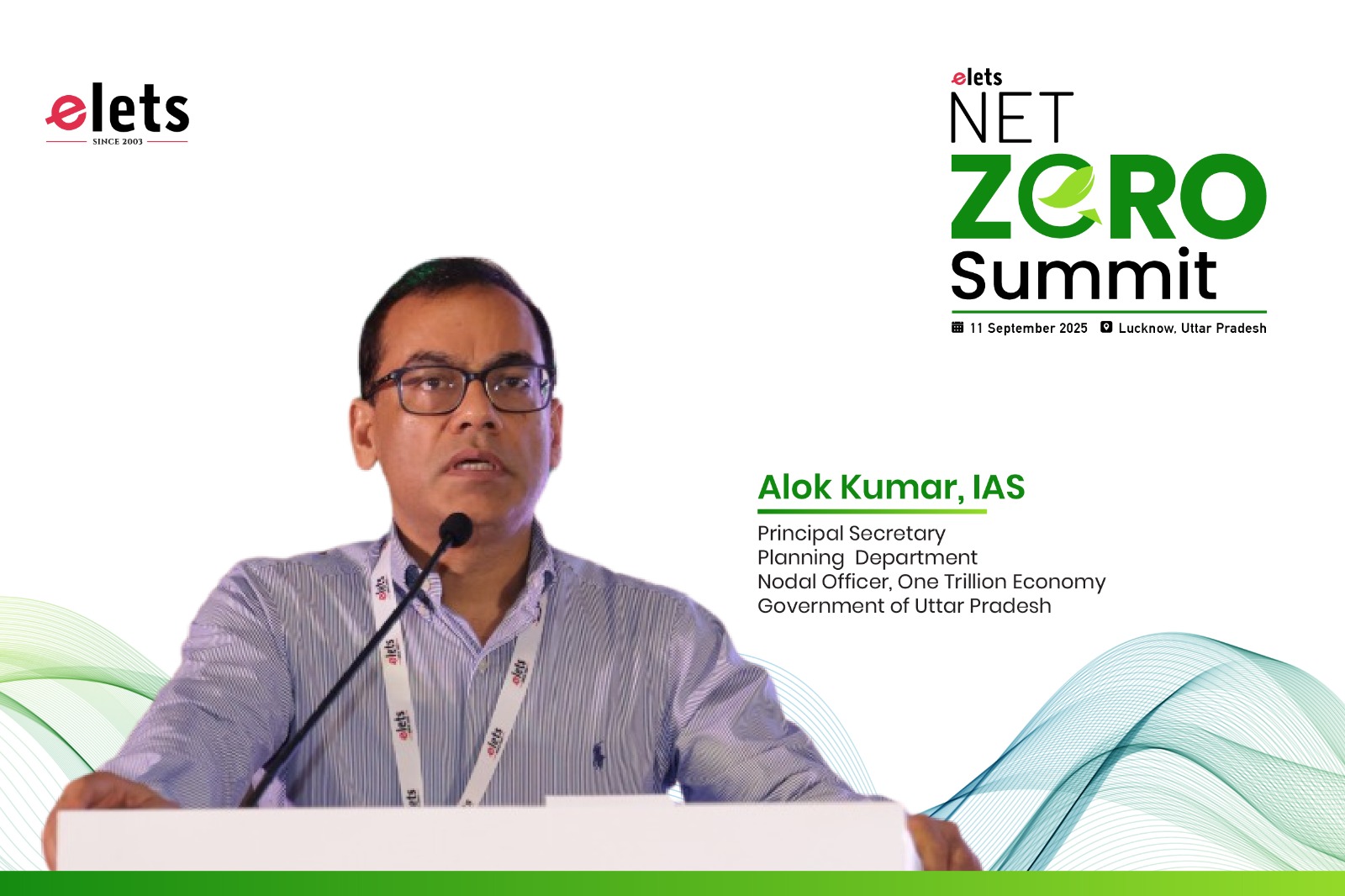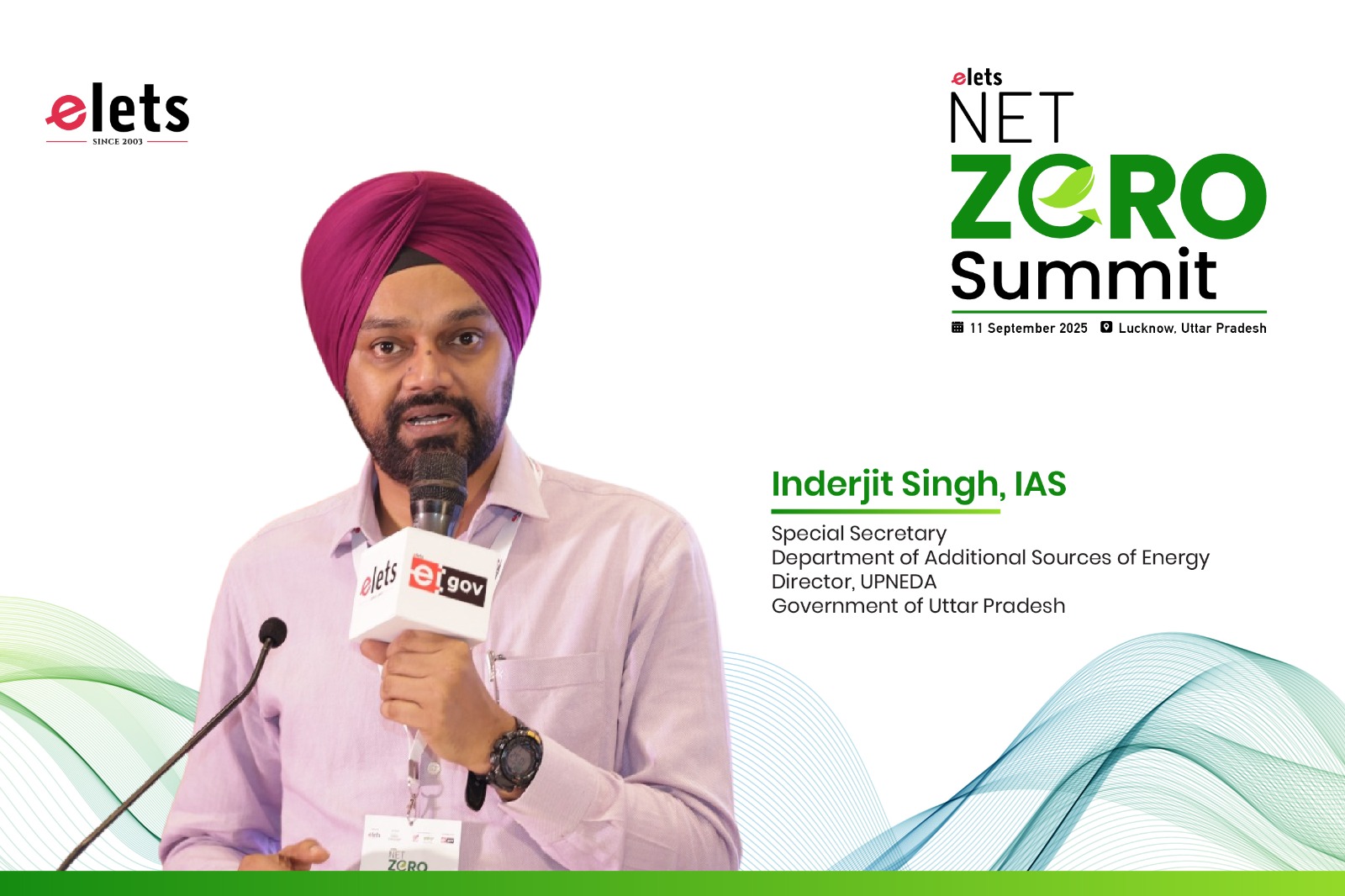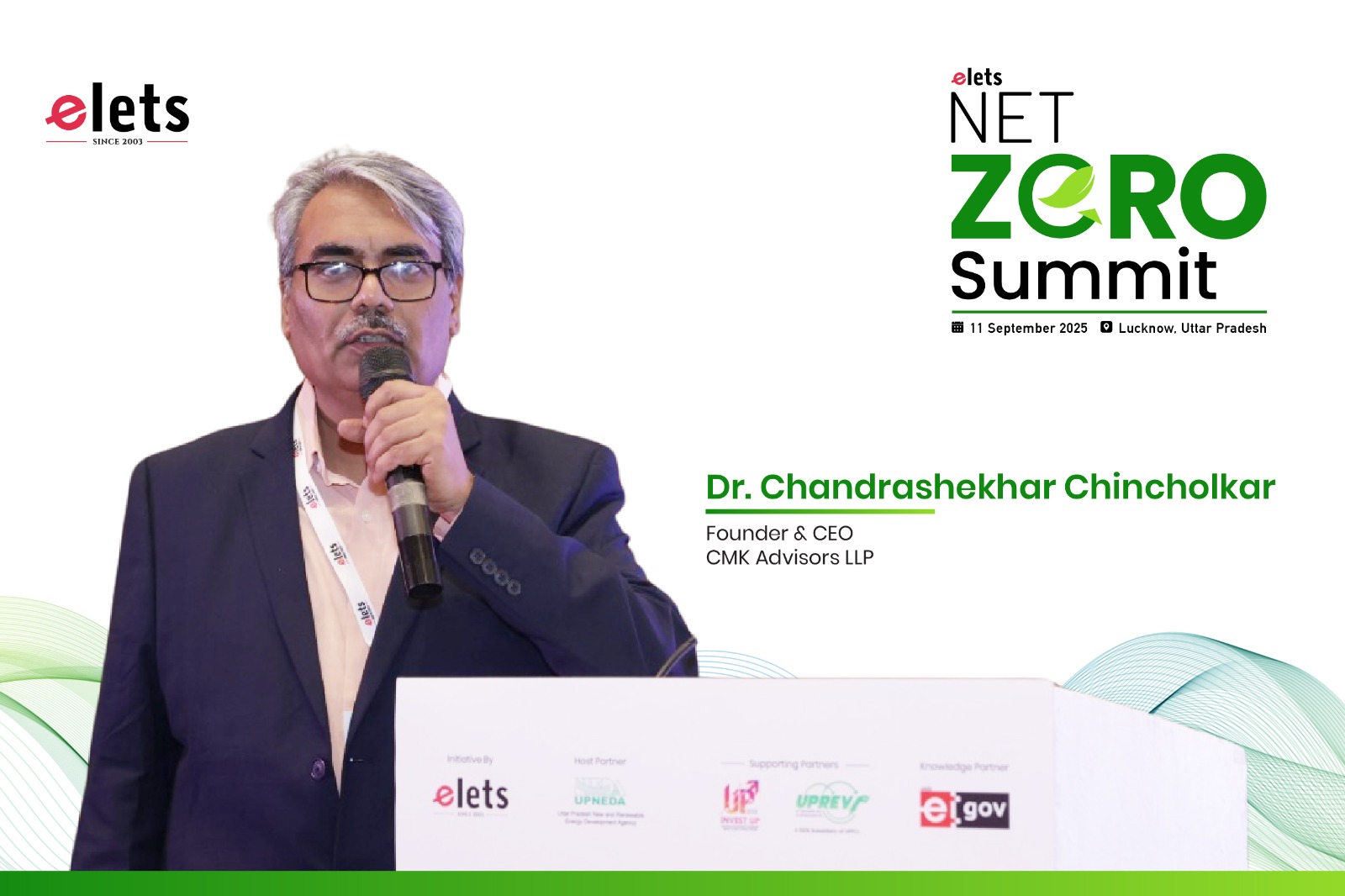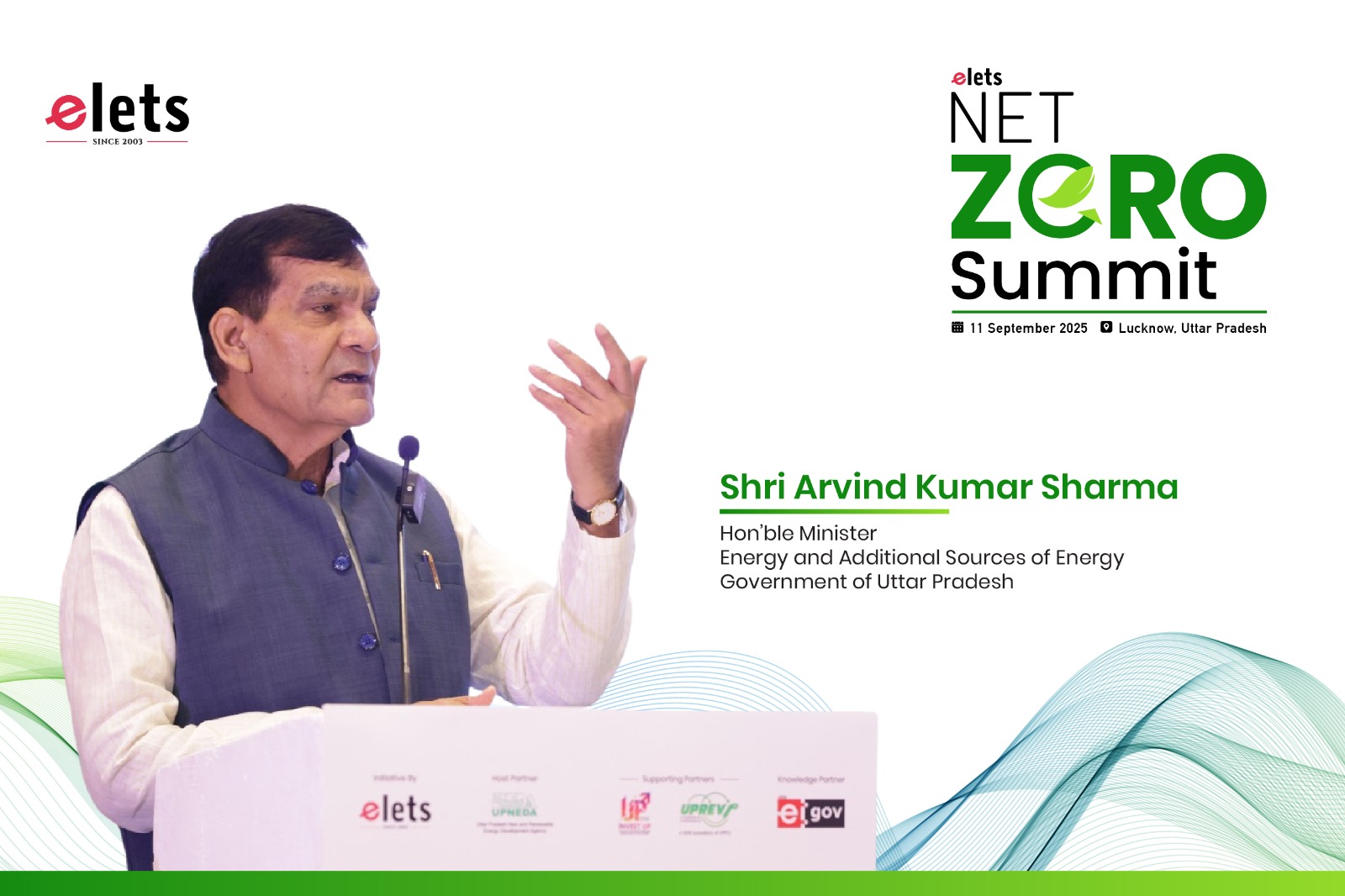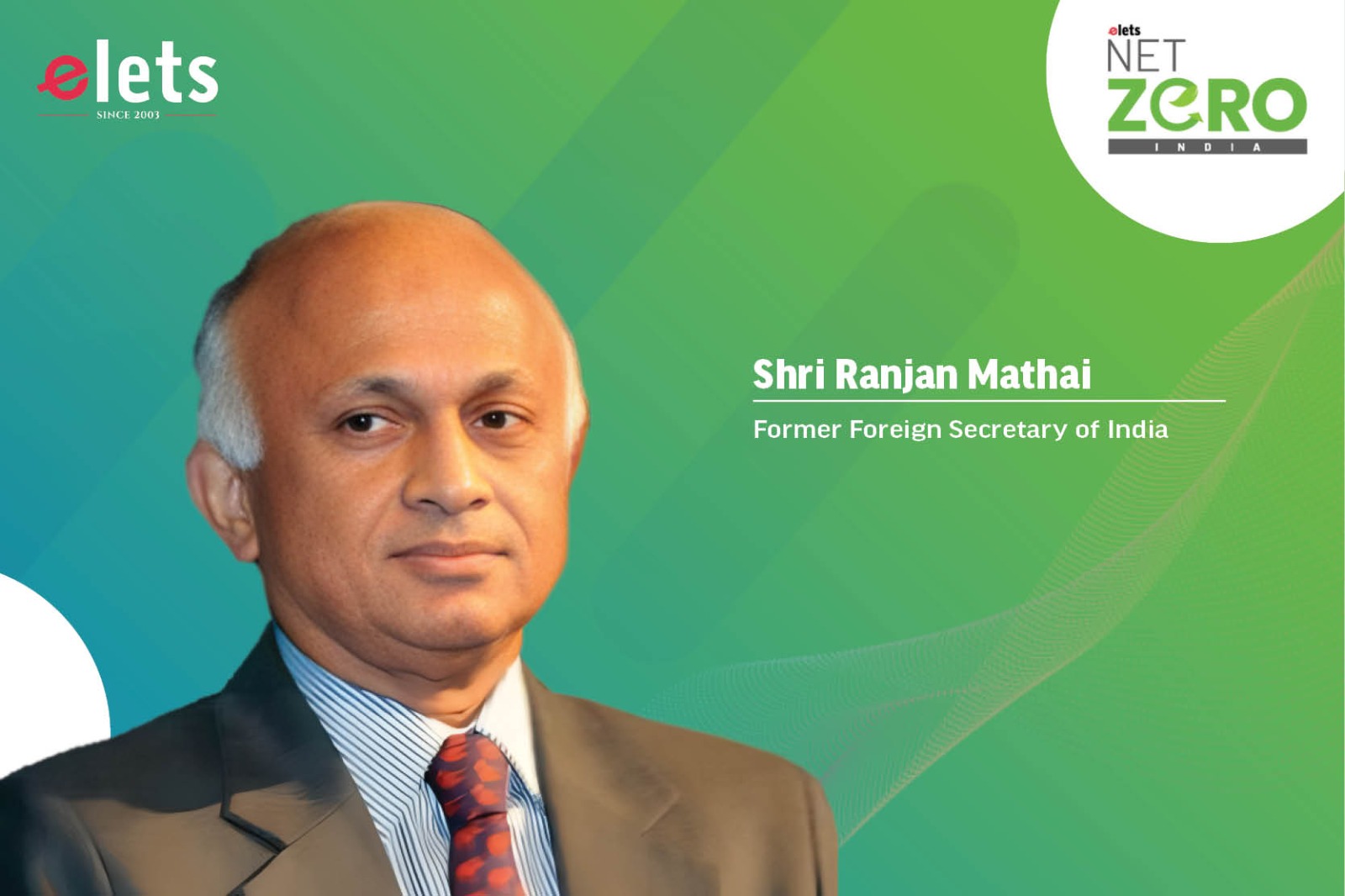
India’s energy security is at a crossroads, balancing short-term reliance on fossil fuels with long-term renewable energy expansion. The country must enhance domestic oil and gas production, invest in nuclear and hydrogen energy, and localize critical mineral supply chains. Initiatives like the National Green Hydrogen Mission and regional cooperation will be key to achieving energy independence and sustainability. Shri Ranjan Mathai, Former Foreign Secretary of India, shares incredible insights on India’s energy landscape in an exclusive interaction with Abhineet Kumar & Muskan Jaiswal of Elets News Network (ENN). Edited excerpts:
Given your extensive diplomatic experience, how do you view India’s energy security in the context of global geopolitical tensions, particularly with respect to oil imports from the Middle East and Russia?
In my view, India must accord greater policy emphasis to energy security—focusing on oil in the short term, but on all sources of energy in the longer term. Among the major economies of the world, India is one of the most dependent on imported oil—almost 90% of our consumption—and our oil imports are the fastest-growing in the world.
At present, almost 70% of imported oil and half of our LNG imports are shipped from the Gulf region, passing through the chokepoint of the Strait of Hormuz. An expanded war between Iran and Israel, if it restricts oil shipments, could cause major economic disruptions and security challenges for our country. I served in Iran in 1990 and am personally aware of the serious concern in Delhi about a potential oil crisis when Gulf shipping lanes were closed in the run-up to the First Gulf War.
Geopolitical challenges arising from Western sanctions on Russia have become a significant foreign oil policy issue. While we were able to use diplomatic leverage to buy discounted Russian oil between 2022 and 2024, that era is now ending, and we are once again spending about $150 billion on oil imports—equivalent to 20% of our export earnings. Meanwhile, our investments in Venezuelan oil fields have become unproductive due to US sanctions on that country.
While we were able to use diplomatic leverage to buy discounted Russian oil between 2022 and 2024, that era is now ending, and we are once again spending about $150 billion on oil imports—equivalent to 20% of our export earnings. Meanwhile, our investments in Venezuelan oil fields have become unproductive due to US sanctions on that country.
Geopolitical tensions are an inherent part of international relations. However, we are living in particularly turbulent times, marked by increasing geoeconomic competition. Energy supply and cost are central to this competition. This underscores the significance of a statement attributed to former US President Barack Obama: “A nation that can’t control its energy sources can’t control its future.
While India is the third-largest consumer of energy globally, nearly 80% of its energy mix still comes from fossil fuels. How do you see India balancing coal, oil, and gas dependency while aggressively expanding its renewable energy sector?
India has made the right choice in aggressively expanding the renewable energy sector, as, in the long run, investments in renewable energy are not only environmentally responsible but also provide a degree of energy security and open up new avenues for manufacturing employment. That said, we cannot lose sight of short-term realities and must enhance exploration and production of oil and gas in the country through tax and other incentives. At present, producing oil domestically is more heavily taxed than importing it! Even in the most optimistic energy transition scenario with foreseeable technologies, by 2040, we will still require five million barrels of oil per day.
To strike the right balance between short- and long-term needs, we must also sustain the coal sector to manage baseload power requirements. It is appropriate that we emphasize clean coal technologies. However, to phase out coal in the future, we need greater investment in nuclear energy. The currently planned changes to liability laws and progress in international collaborations for small modular reactors are steps in the right direction.
Solar energy, electric vehicles, and hydrogen could be gamechangers in the coming decades. According to estimates made by the International Energy Agency in 2021, if we achieve the set targets for renewable energy (and successfully resolve storage challenges), the shares of fossil fuels and renewables could converge at around 40% of our energy mix by 2040. While the targets may be ambitious, they are crucial for India, which must simultaneously end energy poverty, achieve energy security, and uphold its planetary responsibility.
At COP26, India announced its Panchamrit commitments, including achieving 500 GW of non-fossil fuel energy capacity by 2030 and reaching net zero by 2070. In your view, what are the key policy interventions and diplomatic collaborations needed to achieve these targets while ensuring energy security?
Tripling the non-fossil fuel output by 2030 will require concerted action by industry, supported by official policies— with a “whole-of-government approach”—and backed by civil society. The government has attempted to localize solar PV manufacturing capacity, and Production-Linked Incentives (PLI) for advanced chemistry battery gigafactories are showing some results. We cannot afford to replace dependence on the Gulf for oil with dependence on China for processed minerals. Therefore, schemes should be developed for refining and processing critical minerals like lithium, cobalt, rare earths etc which are well known; as well as gallium, germanium and tellurium which are extracted as byproducts during the refining and processing of bauxite, zinc, and other commonly used metals. Our metallurgical industries should be incentivized to become global-scale suppliers of these so-called “minor metals,” which are critical for many energy and high-tech applications but are not economically viable to mine on a stand-alone basis.
Further policy interventions, such as tax incentives for R&D on higher-efficiency solar PVs, rooftop solar, solar thermal plants, and solar water pumps, have been suggested by experts. There will also be a need for a concomitant increase in power lines and grid upgrades to ensure that intermittent power generation can match fluctuating electricity demand. This may also help reduce dependence on the 90 GW capacity of privately owned diesel generators, which currently serve as a backup against erratic power supply from traditional sources in India.
India has made the right choice in aggressively expanding the renewable energy sector, as, in the long run, investments in renewable energy are not only environmentally responsible but also provide a degree of energy security and open up new avenues for manufacturing employment.
Energy demand for road transport is still growing at a rapid pace, making mass transit schemes a priority. EVs must become more affordable while offering a user-friendly charging experience. Estimates suggest that India will need 500,000 charging points nationwide. To put this figure in perspective, consider that the country has established only about 70,000 petrol stations over 70 years of development. Perhaps, employment-linked incentives and apprenticeship schemes could be introduced for oil marketing companies to accelerate their transition to electric mobility.
India has launched the National Green Hydrogen Mission, aiming for 5 MMT of annual hydrogen production by 2030. How do you assess the geopolitical and economic implications of India’s hydrogen ambitions, particularly in positioning itself as a global hub for green hydrogen exports?
The National Green Hydrogen Mission’s aim of producing 5 MMT of green hydrogen by 2030 is highly ambitious, especially considering that when it was launched, the total global production of green hydrogen stood at only about 20% of India’s own national target. However, in this case, the journey is as vital as the destination, as green hydrogen is now part of a global vision for the future. India’s trajectory opens avenues for international collaboration with key countries like Japan and South Korea, as well as nations in Europe and particularly in the Global South.
This pathway is especially significant because hydrogen is not just a replacement for coal as a heat source in industries or for diesel in future heavy vehicles, but also a crucial base for the chemical industry of the future. Among all renewable energy sources involved in the energy transition, hydrogen uniquely provides an alternative to reliance on oil and gas as feedstocks for chemicals, pharmaceuticals, plastics, and other essentials of modern life.
Tripling the non-fossil fuel output by 2030 will require concerted action by industry, supported by official policies—with a ‘whole-of-government approach’—and backed by civil society. The government has attempted to localize solar PV manufacturing capacity, and Production-Linked Incentives (PLI) for advanced chemistry battery gigafactories are showing some results.
Achieving the production scales envisioned under the NGHM will create massive export opportunities—not just for hydrogen as a fuel but also for technological expertise, electrolysers, and related infrastructure.
However, we should not underestimate the challenges ahead. Hydrogen’s potential has been recognized for decades, but the transition from grey/blue hydrogen to green hydrogen depends on a substantial reduction in the cost of renewable energy. Some industry experts estimate that up to 60% of the cost of making hydrogen a viable alternative fuel will stem from its safe storage and transport rather than production itself.
Many of the technologies required to make hydrogen truly affordable still need to pass through what industrial pioneers call the ‘valley of death’—the gap between technological viability and commercial success. Yet, the industry leaders driving India’s push to become a global hub for low-cost hydrogen production are those with proven track records, including corporate visionaries who have already positioned India as a key player in oil refining and port development.
Also Read :- Kerala’s Renewable Energy push scaling solar, wind & Green Hydrogen
India must remain committed to being at the forefront of technological advancements, regardless of the ideological debates in developed countries for or against traditional fuels.
Kerala aims to become a net-zero economy by 2050, with ambitious targets in renewable energy, electric mobility, and sustainable industries. What lessons can other Indian states learn from Kerala’s approach to climate action and its roadmap to decarbonisation?
Kerala is already a role model for its achievements in human development indices, having maintained relatively high standards of health and hygiene long before other parts of India even heard the expression “Swachh Bharat”!
The state has benefited from access to sizeable hydropower resources, and by emphasizing solar and wind energy, it will continue to be one of India’s greenest states. Kerala achieved total electrification almost a decade ago—making it one of the first states in India to do so. Unlike other states where urban development is concentrated in a few large cities, Kerala’s urban landscape is more decentralized. This makes its power demand patterns well-suited for decentralized power supply through solar and wind resources, which are abundantly available across the state.
To sustain high levels of economic growth, Kerala is actively encouraging hi-tech ventures and startups. The increasing demand from the electronics and digital industries is expected to drive up power consumption manifold. It is now a common observation in artificial intelligence applications that a single ChatGPT query consumes ten times the energy of a Google search. Kerala’s push for greater investment in green energy and hydrogen is therefore timely. Additionally, the state can leverage its existing LNG terminal capacity to develop small and medium-sized gas-based power plants, ensuring a reliable 24×7 power supply for energy-intensive hi-tech sectors willing to pay a premium for uninterrupted electricity.
India is a key player in initiatives like the International Solar Alliance (ISA) and One Sun, One World, One Grid (OSOWOG). How do you see India leveraging these platforms to shape global energy governance and enhance its own energy security and trade partnerships?
The International Solar Alliance and One Sun, One World, One Grid are key initiatives launched by India to position itself at the forefront of the global energy transition in collaboration with other nations. Along with the Coalition for Disaster Resilient Infrastructure, these initiatives establish India as a leading and pragmatic voice of the Global South in advocating for climate justice and equity. At the same time, India can serve as a bridge to the developed world, which must provide concessional finance and technical resources to support climate-efficient energy alternatives in developing countries.
India’s research and development (R&D) capabilities and industrial expertise should be leveraged to collaborate with other developing nations in the effort to end energy poverty while managing a sustainable energy transition. South Asia can be transformed into a model for regional energy cooperation through the joint development of hydropower, cross-border grid connectivity, shared energy storage systems, and regional energy research centres.
These global and regional initiatives will enhance India’s own energy security, expand and diversify global export opportunities, and elevate the country’s standing in the international order.
Be a part of Elets Collaborative Initiatives. Join Us for Upcoming Events and explore business opportunities. Like us on Facebook , connect with us on LinkedIn and follow us on Twitter, Instagram.
"Exciting news! Elets technomedia is now on WhatsApp Channels Subscribe today by clicking the link and stay updated with the latest insights!" Click here!




